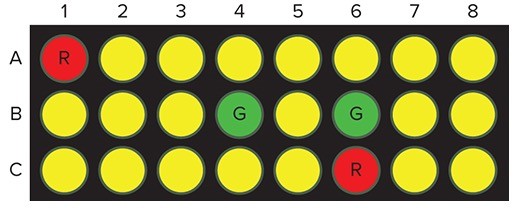How are cancer cells different from noncancerous cells?
Ans:
Cancer cells ignore cell signals, become overcrowded, and form tumors
Normal cells are regulated by the cell cycle and only divide when they are needed
You might also like to view...
What is the first step in the pressure flow mechanism of translocation?
A) Sugar is loaded into the xylem at the source. B) Sugar is loaded into the phloem at the source. C) Water is loaded into the phloem at the source. D) Water is loaded into the phloem at the sink.
How are the X and Y chromosomes different?
a. only females have a Y b. only one is an autosome c. the X is smaller than the Y d. the Y carries fewer genes than the X
Listeria virulence is directly related to its ability to
A) produce powerful toxins. B) form very resistant endospores. C) live within cells and thus avoid exposure to the immune system of its host. D) move rapidly through the body using multiple flagella. E) resist most antimicrobial agents.
You are working in a cancer lab and are interested in identifying some genes that are important in the onset of lung cancer. You have several genes you think may be involved, so you "print" spots of the candidate DNA sequences on a microarray slide. After doing this, you isolate mRNA from both normal lung cells and cancerous lung cells. You make fluorescently-tagged cDNA from each mRNA sample; the cDNAs from normal cells are tagged with a green-colored molecule and the cDNAs from cancer cells are tagged with a red-colored molecule. You hybridize the cDNAs with the microarray and get the following data. (Green spots are labeled with "G", red spots are labeled with "R".)
width="330" /> McGraw-Hill EducationWhich of the following spots represent DNA that you should study further as potentially having a role in lung cancer? A. spots A1 and C6. B. spots A1, B4, B6, and C6. C. all spots except A1 and C6. D. all spots except A1, B4, B6, and C6. E. spots B4 and B6.